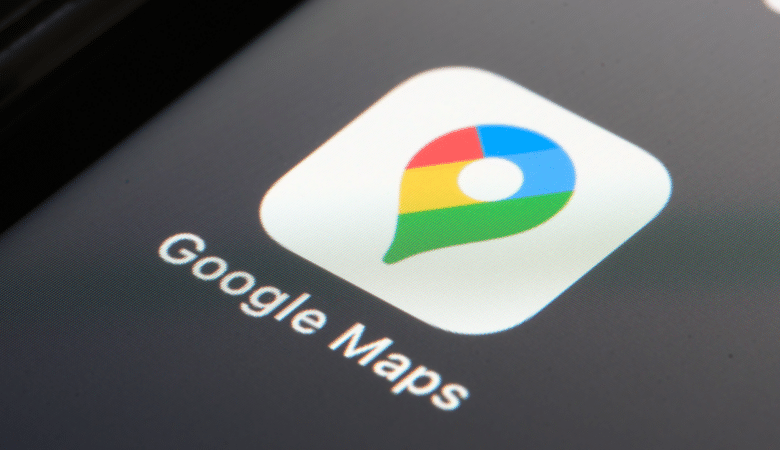Google Maps Ads Enhance Engagement with Scrollable Sitelinks

▼ Summary
– Google Maps now features scrollable light blue sitelinks beneath promoted pins, giving advertisers more clickable space directly in the app.
– Google Ads Liaison Ginny Marvin confirmed the full rollout, allowing sitelinks from Search ads to appear in Maps ads for linking to specific website pages.
– These sitelinks can be activated from Search or Performance Max campaigns and require at least two sitelinks for both desktop and mobile.
– Sitelinks can be added at various levels, including account, campaign, asset group, or ad group, enhancing targeting flexibility.
– This update aims to increase engagement and conversions in Maps by guiding users from discovery to action without leaving the app.
A new advertising feature within Google Maps is now providing brands with a powerful tool to capture user attention and drive meaningful engagement. Advertisers are discovering a fresh format that includes scrollable, light blue sitelinks positioned directly beneath promoted location pins. This expanded layout offers significantly more clickable space inside the Maps interface, allowing businesses to present multiple pathways for potential customers.
Google Ads Liaison Ginny Marvin has officially confirmed the full rollout of this enhancement. The update introduces sitelinks, a familiar element from traditional Search ads, into the Google Maps advertising ecosystem. These sitelinks direct users to specific, relevant pages on an advertiser’s website, creating a seamless bridge between map discovery and on-site action.
The functionality integrates smoothly with existing campaign structures. These scrollable sitelinks can be triggered from both standard Search campaigns and Performance Max (PMax) campaigns. For the feature to activate, advertisers must configure a minimum of two sitelinks that are compatible with both desktop and mobile viewing experiences. Setup is highly flexible, as sitelinks can be implemented at various levels: the entire account, a specific campaign, an asset group, or even a particular ad group.
The strategic importance of this update is substantial. Google Maps has consistently served as a high-intent platform where users actively search for local businesses and plan visits. By incorporating sitelinks, advertisers can transform simple “near me” searches into richer, more interactive experiences. This capability encourages deeper exploration of a brand’s offerings and has the potential to boost conversion rates, all while keeping the user within the familiar Maps environment.
Ultimately, this development represents another step in Google’s ongoing effort to merge its various advertising channels. The distinction between Search and Maps ad experiences continues to fade, granting marketers greater versatility. This enhanced flexibility empowers businesses to guide potential customers more effectively from the initial moment of discovery directly through to a desired action. The feature was initially spotted and shared on the platform X by Anthony Higman, Founder & CEO of ADSQUIRE.
(Source: Search Engine Land)





